The Seed Mother and her garden: taking a stand for life.
What are the seeds of cheese, and what would saving them look like?
Update: Check out the article that I just had published with The Common Table.
As a species, we’ve spent far more time building soils, planting seeds, and taking care of our shit than we have spraying round-up and clogging waterways with plastic bags. We have spent even more time tending the wild, talking to sacred mountains, and following the tracks of deer down cold arroyos. If you believe the human race is a destructive virus, I ask you to look a little deeper.
To look farther back.
And farther forward.
How does seed saving relate to cheesemaking? In this piece I look at how a Super Auntie in India took a stand for her people and the plants they keep, while calling out the greedy forces who profit by the poisoning of her homeland. In doing so, she speaks for all plants, peoples, and homes. She does this with an eloquence that has impacted me on a deep and intuitive level. She inspired me less with her words, and more with her actions, her story, her being. She spoke by smiling, and dropping seeds from her hand into mine.
I recently spent 5 days in the small village of Pemgiri in Maharashtra, India. I was there with a friend learning about water harvesting projects that are exemplary of efforts happening across India to raise the level of water tables, at the same time making communities more drought resilent. While exploring the small-scale organic agriculture that is strong in the region, we heard about a woman known as The Seed Mother. She has continued the practice of seed saving, and taken a stance against the hybrid and GMO crops that became prevalent along with chemical pesticides and herbicides during the Green Revolution. We went to meet Rahibai Soma Poper and learned that she is not only running a seed bank, but is actively cultivating many of the local heirloom vegetables that she has protected. You can check out this Short BBC video about her work.
Seed saving is simply how farming and gardening worked before people began selling seed. The practice is to leave a small percentage of a crop unharvested, so that it produces seeds that can be collected and stored. Some of these can be planted the next growing cycle, or exchanged. Since these crops are openly pollinated, genetic variation occurs, and humans select the plants with the traits they prefer, that fit their climates and food systems. This has led to a proliferation of varietals of vegetables, grains, and pulses around the world, the living heritage of various farming communities, families, and regions. Many seeds can remain viable for long periods of time, and varietals thought extinct have been recovered after decades of not being grown, because a stash of seeds was discovered.
Life is resilient.
The seed is the ultimate symbol of life.
The seeds of heirloom vegetables represent how humans can increase the flourishing diversity of life.
Many farmers in the world now buy their seed from large agribusiness companies who also sell the chemical weapons used to grow them. These seeds are often patented, making it illegal for farmers to save the next generation of seeds. This makes farmers dependent on the companies who sell the seeds, and often eliminates the economic viability of small-scale farming. The attempt is made to freeze the genetics of these plants, so they don’t shift and diversify in the manner of biology. The intention is uniformity and control, on many levels.
The model of farming that has been imposed on the globe is to flatten the land, remove any trees, hedgerows, or pesky winding waterways, and plow fields before planting the purchased seeds. These are generally grown as monocrops with much chemical input in a farce of efficiency.
It is never efficient to rape the land, poison the air, water, and animal bodies.
Nothing can justify this model, it represents direct opposition to life, and the end of many years of human/plant/landscape symbiosis.
The Seed Mother’s argument is powerful because it is not masked in academic language or the more-talk-than-walk inertia that often muddles middle-class political activism. Her garden is her political statement. Her seeds are her philosophy.
She explained how her parents saved seeds and farmed organically, at a time when farmers across India were abandoning the practices. Many people observed that health conditions previously unheard of had became common as this transition occurred. The Seed Mother connected this increase of illness to the introduced seeds and chemicals, and decided to continue what had worked for hundreds of years. She not only kept the seeds, she continued to plant them, and to collect varieties from her region, eventually building a seed bank.
There is a crucial point here that relates to the disappearance of livestock breeds. If you don’t use it, you lose it. If the seeds or breeds are removed from the cycles of planting and breeding, they will no longer adapt to changing conditions. The element of human and environmental selection is lost. Putting seeds or animal semen in storage is valuable as a last ditch backup plan. But it’s not enough, it doesn’t slow the loss of the traditional agricultural systems to which these species belong. When we remove the genetics from the communities who cultivate them, we lose the soil from which the seeds grow, the ground on which the animals walk.
We sat and talked with her for only a few minutes before she took us on a tour of her garden. This is one reason why I intuitively appreciate the Seed Mother. Less talking, more walking. It was a jungle of terraced plots, without much bare ground. Weeds grew everywhere, it lacked order, and was vibrantly alive. She showed us one of the many types of beans she grows, pulling the seeds from the pods. I watched her hands, and listened to the bean vines rustle in the wind.
She climbed down one of the many stone walls that separate her garden terraces. She was spry, and completely comfortable in her element. We saw old varietals of wheat, a squash bred for its seed pods, green amaranth. Let your garden do the talking. We then sat on the ground as she dug through huge sacks containing small unlabeled bags of seeds. “Take these, then don’t come back for more.” She said with a wry smile. “Plant them, let them grow and make more seeds, which you can spread to your friends.” Her approach is the opposite of the transnational corporations who profit from the destruction of our sovereignty. Her approach is that of life itself. Spread the seeds, let things shift and grow.
My original question still stands unanswered. What does this story have to do with cheesemaking? What are the heirloom seeds of cheese? I’ll open up the floor, if you’d like to draw parallels between the corporate ag model on which the green revolution is based, and how cheese is made. Or the more important question, what would seed saving look like from the standpoint of milk microbiology? How could we apply the concept of seed sovereignty to the realm of milk fermentation?




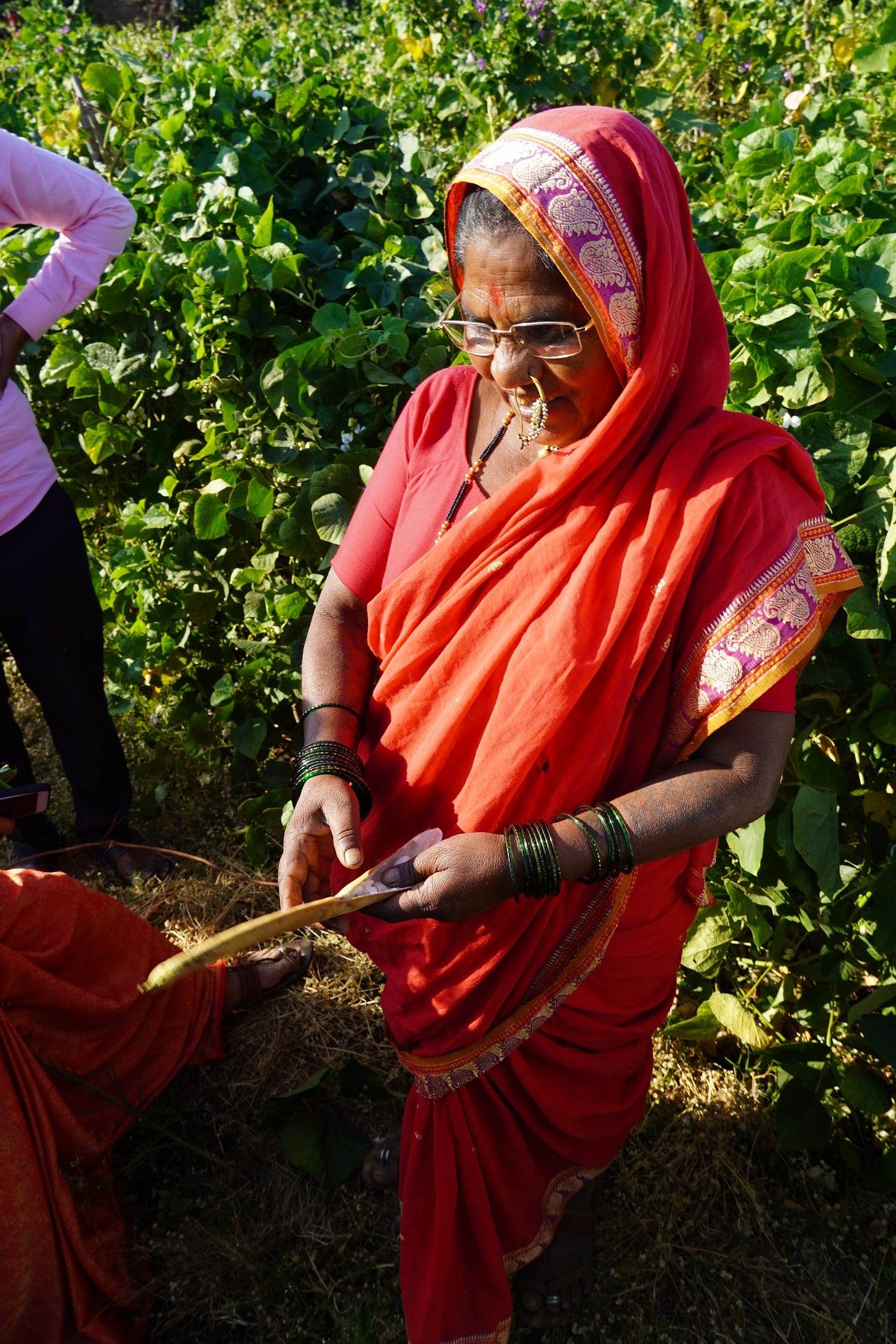
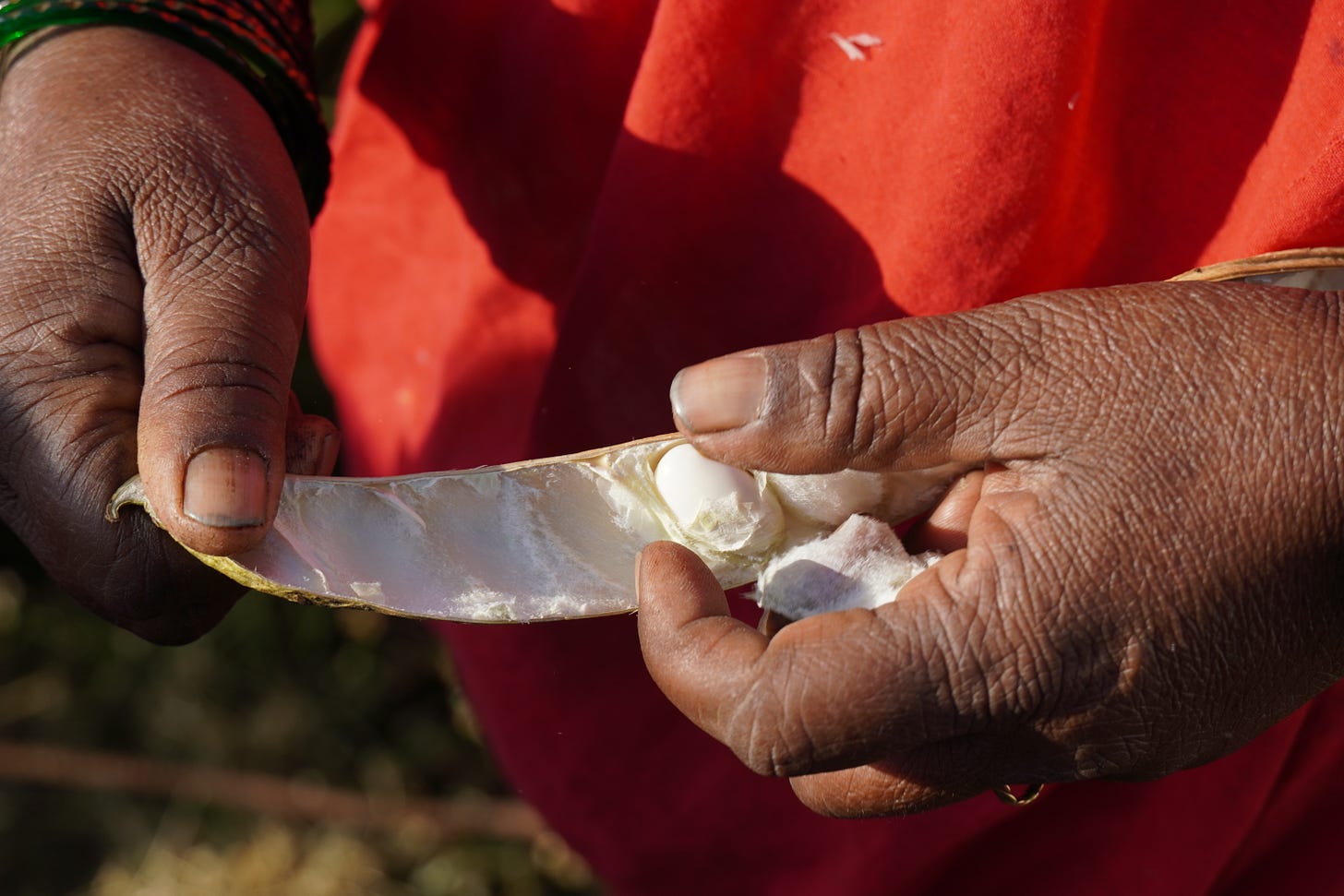

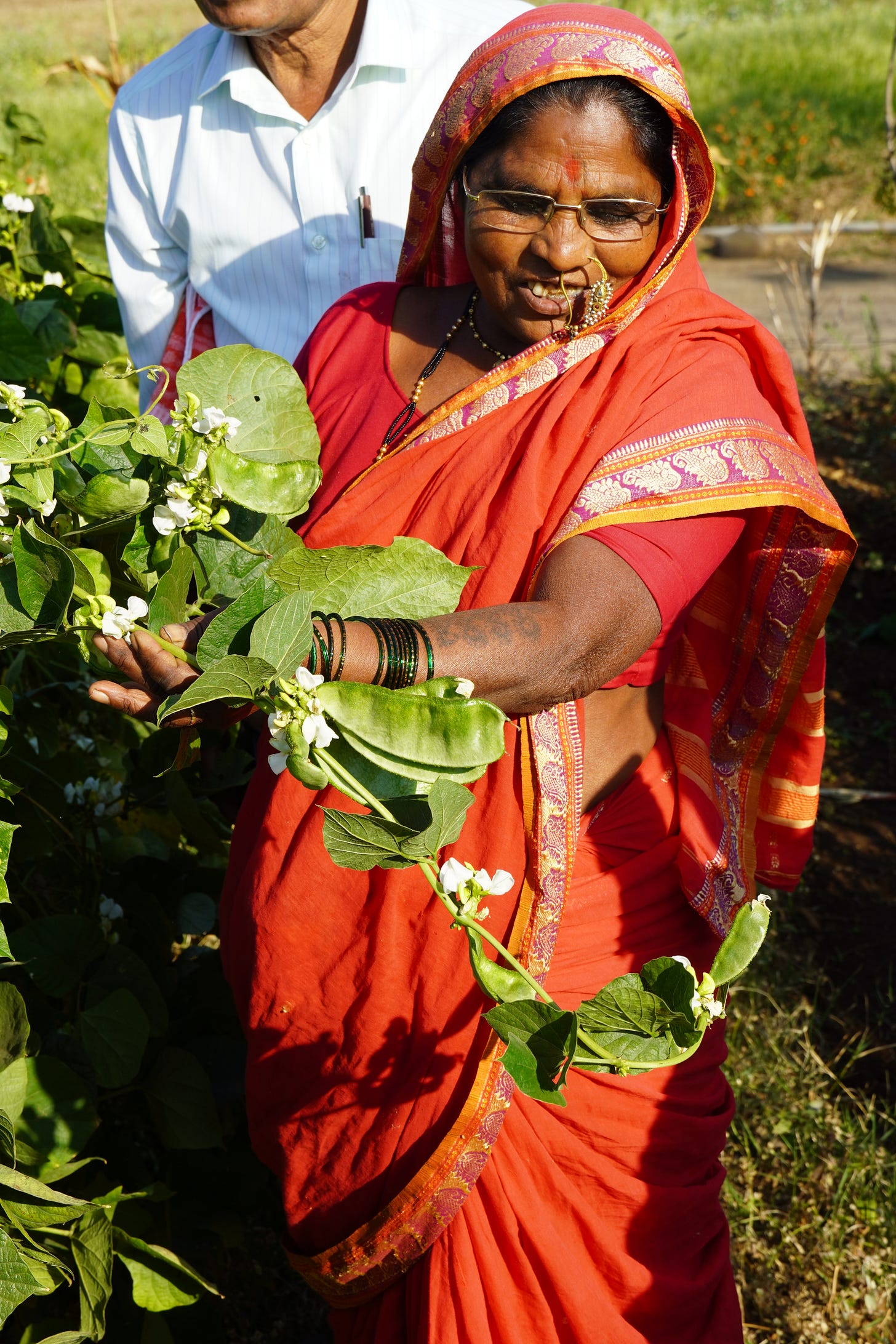
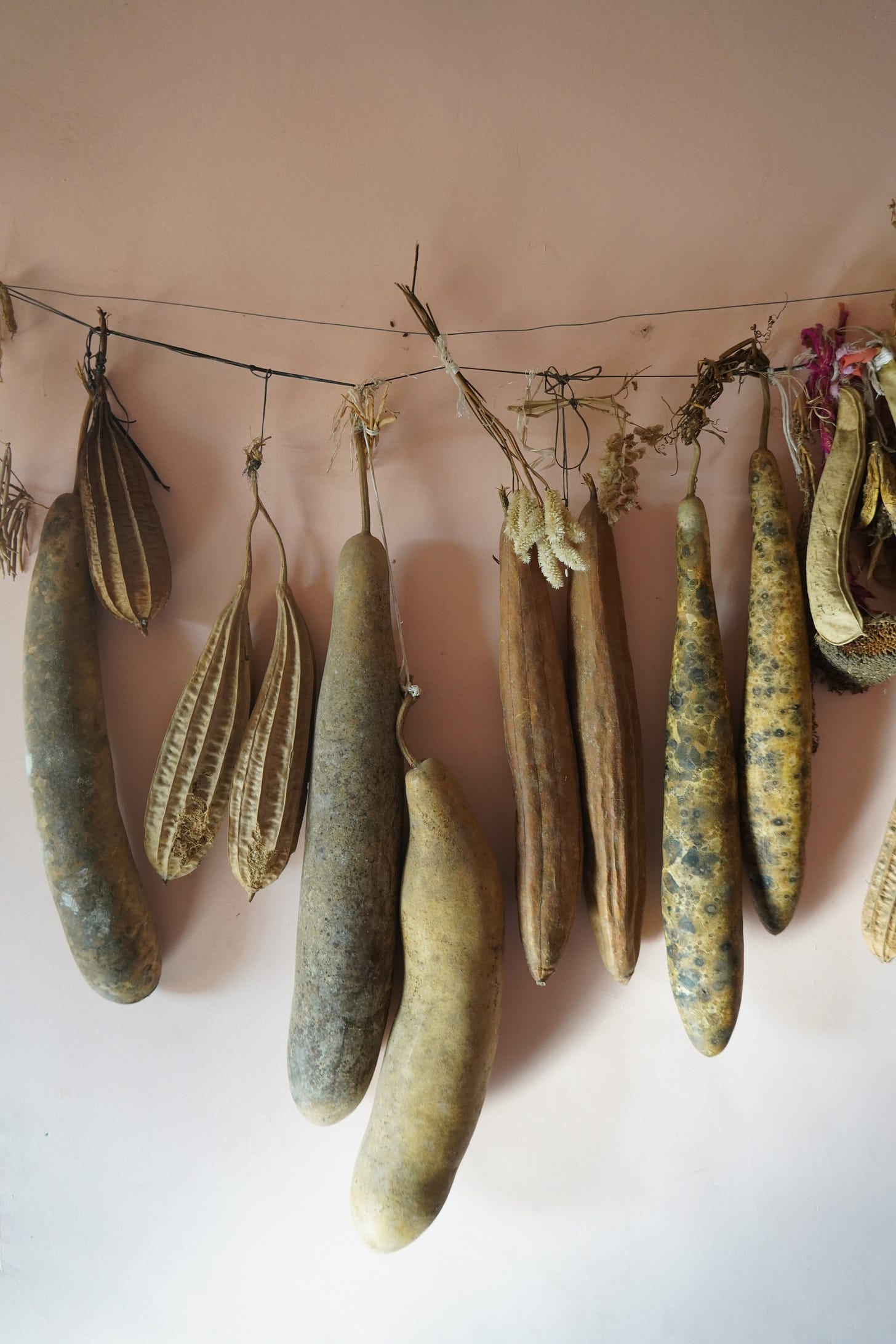
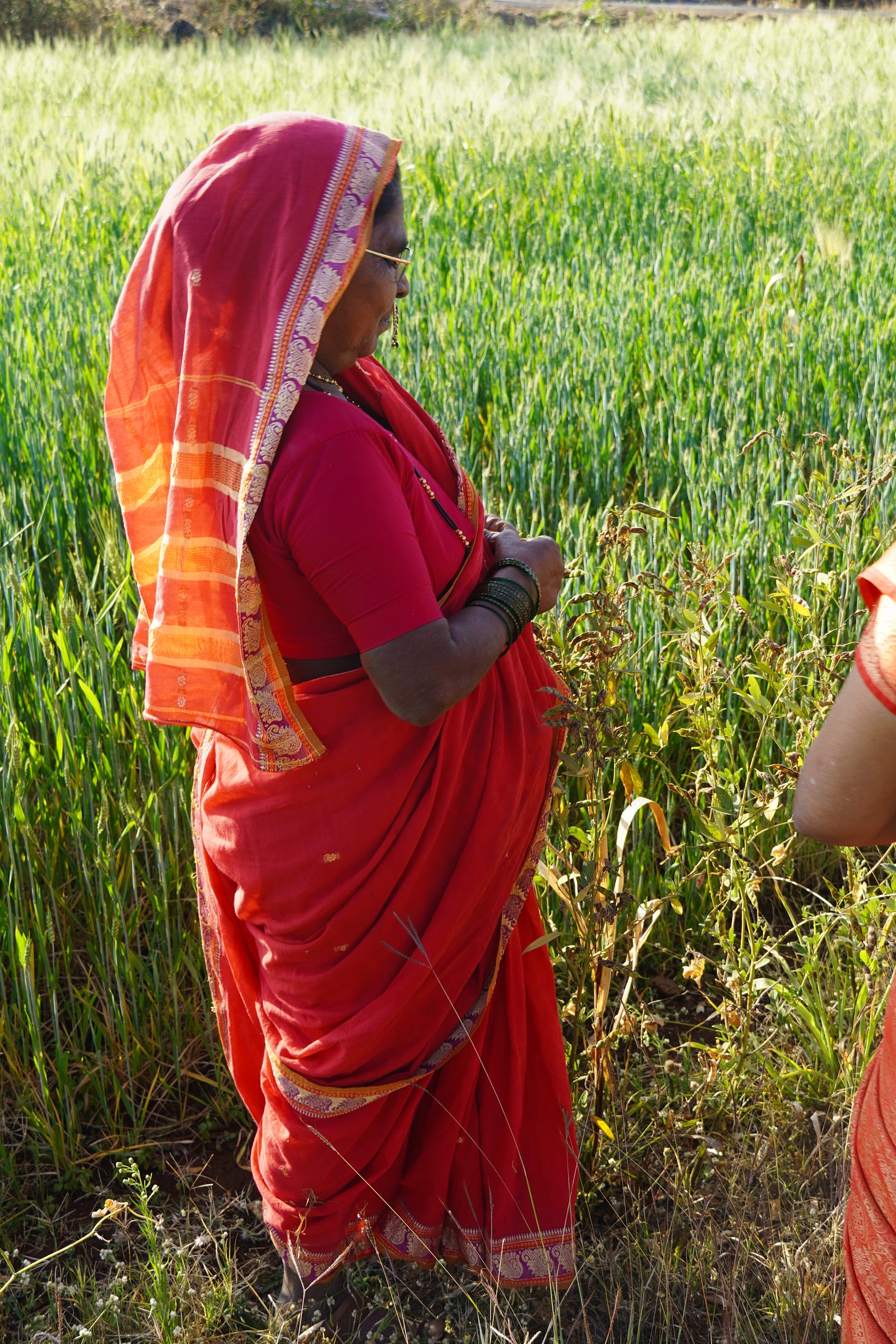

A lovely story - how wonderful to meet someone like that! Using clabber to culture your cheese would be like saving seeds. That’s what I do. Although I still buy rennet. I think it’s terrible that the two items crucial to cheese making are gm culture and heavily processed rennet!
The heirloom seeds of milk ... I think it's much more complicated than saving seeds or even saving clabber. Saving traditional methods of making cheese is multifaceted. We can begin by just talking about tools.
Tools for cheesemaking today are, what I have seen, mostly plastic and stainless steel. Traditionally, from my experience in Italy, they were a mixture of wood, copper, and different plant materials that acted as filters or in making baskets. As we know, wooden tools breathe and have bacteria on them that contribute to the qualities of cheese. We can talk about something simple, like the shelves that cheese is aged on, made of wood, and arguably could be viewed as a tool. Ok, good. But what kind of wood is it made of? This means we have to identify trees. (Do most modern people know how to identify many trees? I don't think so!) So we find correct trees and know the right moment and method to harvest them. Now we make the shelves and take care of the shelves. How do we take care of the shelves? Other "simple" milk seeds come to mind ... What wood is used to burn the fire under the copper caldron? What about the cheese mold? Spino? How do you make the baskets that serve as cheese molds and what are they made out of? And we haven't started talking about milk. This could be someone's dissertation topic.
In order to save these traditions, they have to remain or become legal in the US and in the EU, otherwise we will lose any remnant of cheesemaking TEK in the next 50 years, and everyone will just continue to use plastic stuff and buy cultures, which they may have to, by law. Is that even cheese?
What would happen tomorrow if the plastic companies decided they didn't want to make cheese molds anymore? Or if there was no more plastic or electricity? Who would know how to make tools out of wood/plant material and metal or how to make cheese in a cauldron over an open flame, WITHOUT a thermometer? Who would be able to make cheese?
To me, this is why preserving TEK is so important. And these are a few of the many, many, "seeds" of traditional cheesemaking.